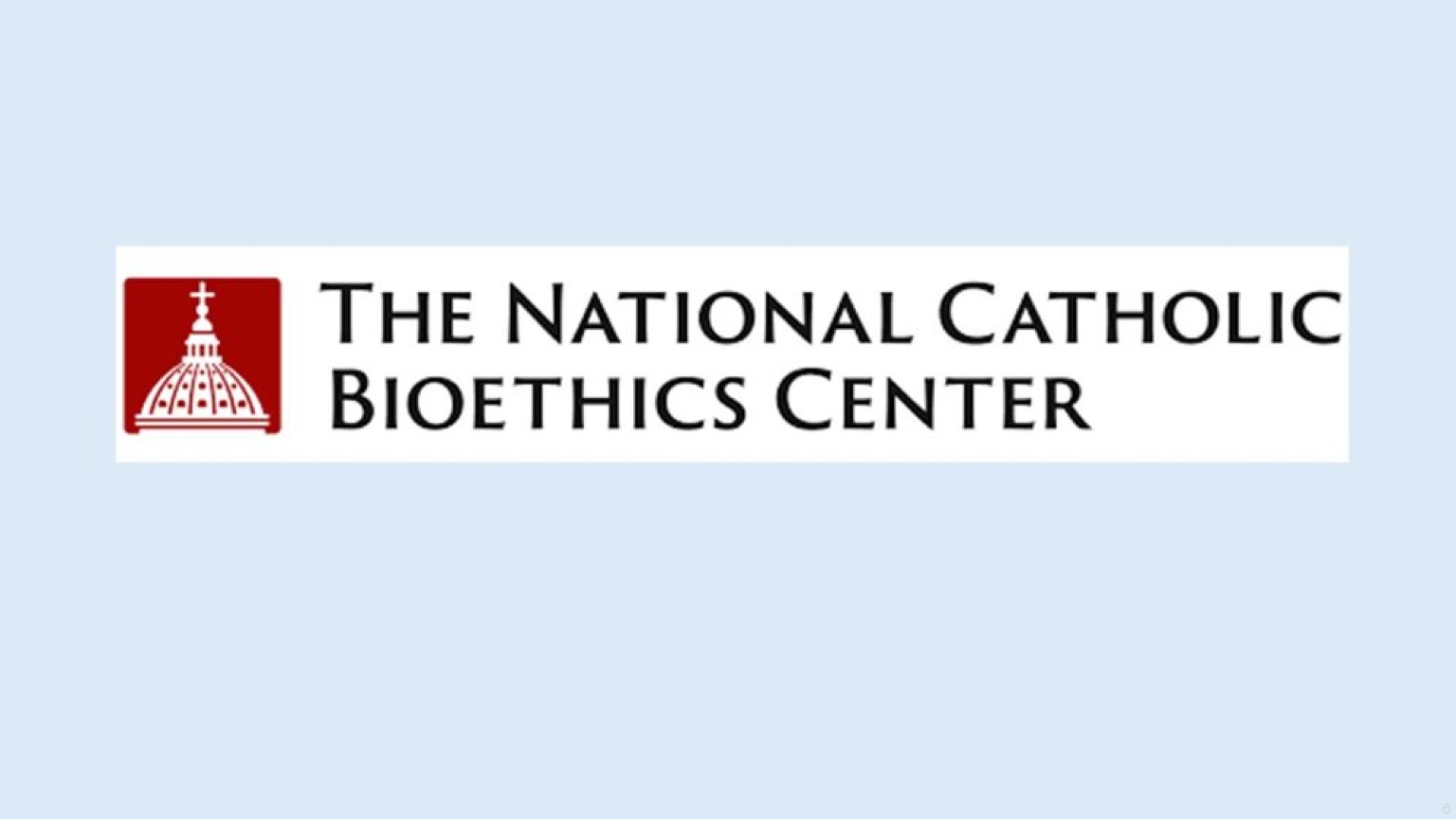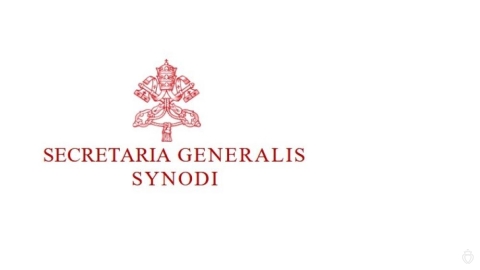“Brain Death” in the Spotlight Once Again

While the debate on euthanasia rages in Europe and particularly in France, a recent study from the United States reveals deep reservations regarding the criterion of brain death used to assess the end of a patient's life.
Until the middle of the 20th century, doctor affirmed death – defined by Christian philosophy, with all doctors and theologians, as the separation of the soul and the body – was confirmed by the observation of cardio-respiratory arrest. From the 1950s, another approach emerged under the pressure of technical progress in resuscitation and interest in organ transplants.
In August 1968, a collective called the Harvard Committee, bringing together doctors, lawyers and theologians, published a landmark document proposing to retain the notion of brain death as a sign of an irreversible coma, itself a medical criterion for death. It was an attractive prospect for experimental medicine, but a slippery slope for the moral sciences.
A little more than two decades later, in a speech on August 29, 2000, Pope John Paul II, after much hesitation, argued that “the criterion adopted to declare death with certainty, that is to say the complete and irreversible cessation of all cerebral activity, if rigorously applied, does not seem to conflict with the essential elements of a serious anthropology.”
John Paul II, visibly concerned, failed to reach a clear judgment on the matter, and called at least four special meetings on the subject at the Vatican. In 2005, a meeting of the Pontifical Academy of Sciences examined the concepts of brain death and transplantation and concluded against brain death. Inexplicably, the Proceedings, ready for printing, were not published.
In 2006, under Benedict XVI, a new conference, under the same title “The Signs of Death,” was held with a favorable majority, and concluded the opposite; the Acts were published in March 2007. Benedict XVI, who had been very opposed to the concept under his predecessor, accepted it, but with reservations. He wanted a scientific consensus on determining the moment of death:
“It is good, therefore, that the results attained receive the consent of the entire scientific community in order to further research for solutions that give certainty to all. In an area such as this, in fact, there cannot be the slightest suspicion of arbitration [arbitrariness] and where certainty [of death] has not be attained, the principle of precaution must prevail,” he explained in a speech on November 7 2008.
A “suspicion of arbitrariness” was emphasized by a publication from the National Catholic Bioethics Center (NCBC), dated April 11, 2024. The NCBC notes the failure of recent efforts aimed at resolving the question of determining brain death “The failure. . . revealed a decisive breakdown in the public consensus on death and organ donation. . . Catholic health care institutions and professionals should act to help resolve the critical issues and questions at stake.”
“The primary cause for concern in the United States today is that, although the law requires the irreversible cessation of all brain functions for a person to be declared dead using neurological criteria, the primary protocol for diagnosing brain death does not clearly assess neuroendocrine functioning in the patient's brain,” writes NCBC President Joseph Meaney, laying out several supporting evidence and facts.
“If the hypothalamus is still functioning, then both legally and ethically – from a Catholic perspective – that person should not be declared brain dead.… Hence the need for more in-depth diagnostic tests in order to achieve moral certainty of death before the transplantation of vital organs is authorized,” concludes Joseph Meaney.
(Sources : NCBC/Saint-Siège – FSSPX.Actualités)





